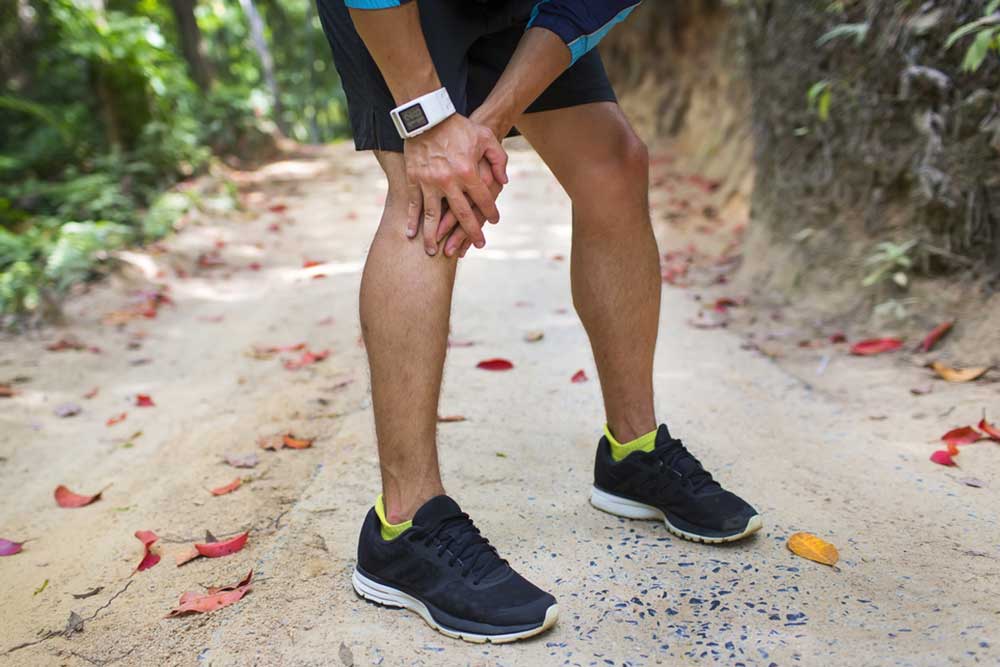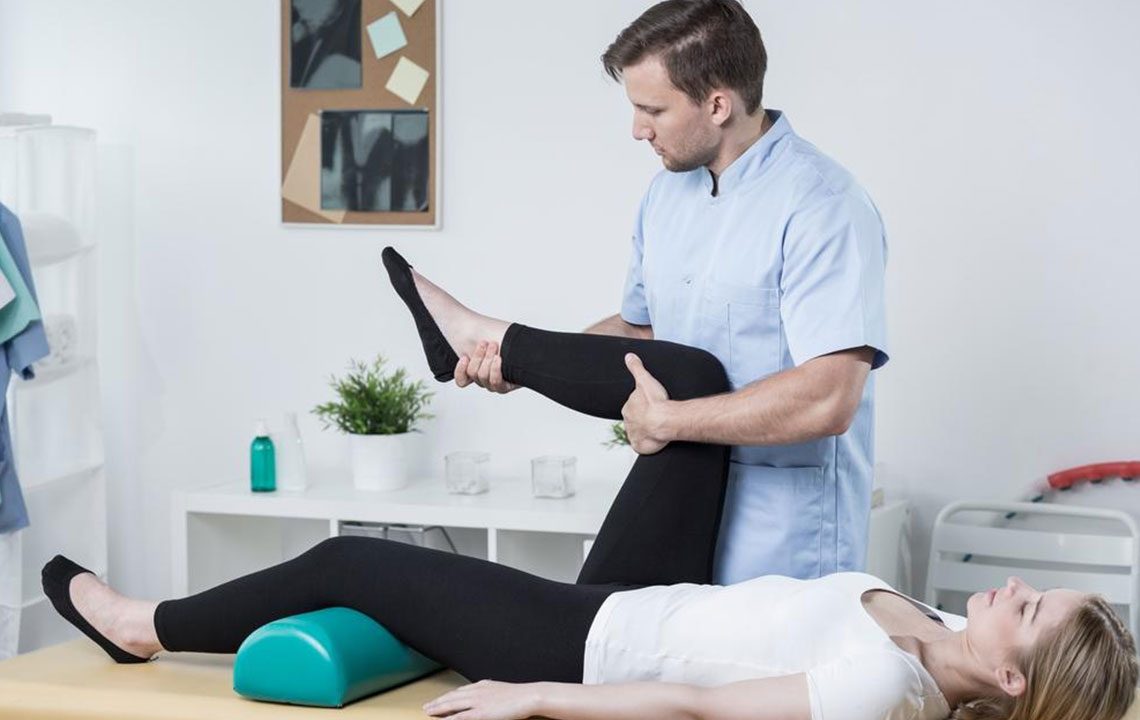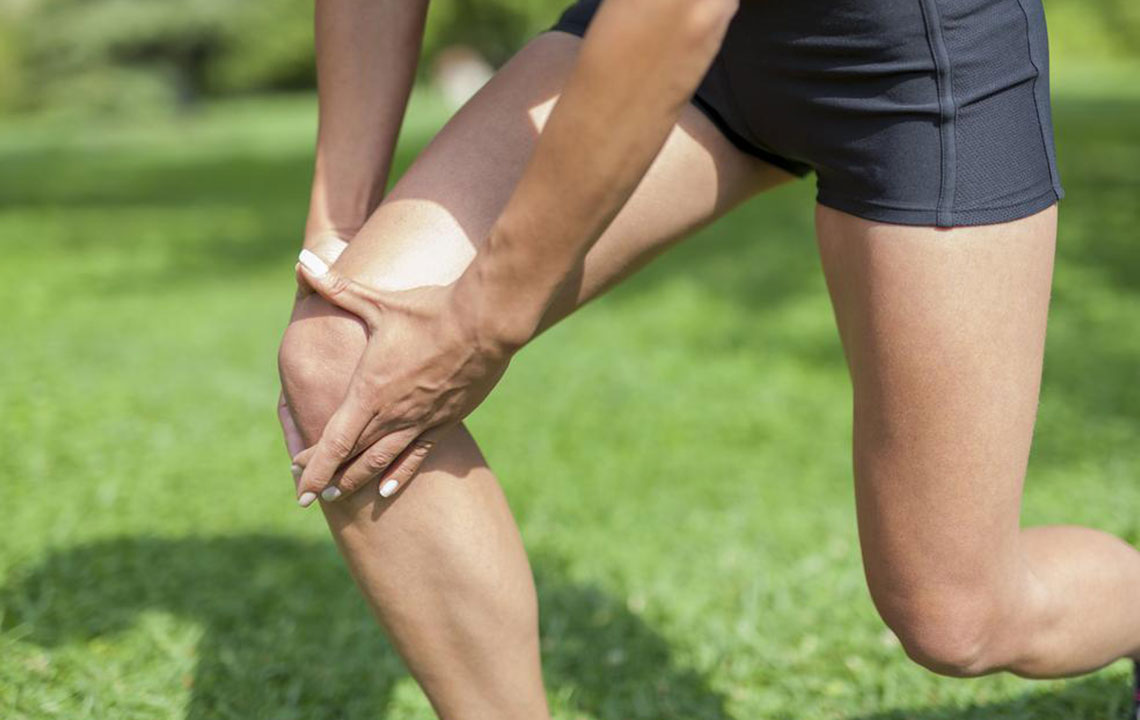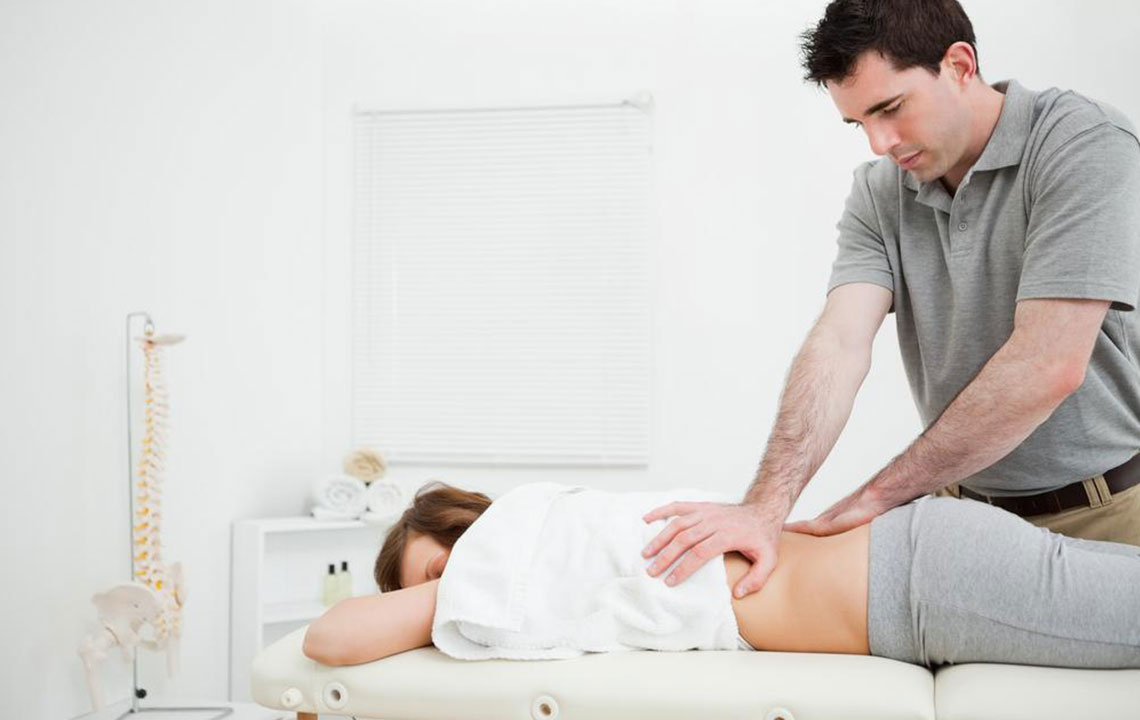Comprehensive Guide to Meniscus Injury Recovery: Effective Strategies and Treatment Options
This detailed guide provides effective strategies for meniscus injury recovery, including initial self-care, physiotherapy, pain relief methods, and surgical options. It emphasizes the importance of prompt treatment to restore knee function and prevent future problems, offering valuable insights for athletes and non-athletes alike seeking comprehensive knowledge on managing meniscus injuries.

Comprehensive Guide to Meniscus Injury Recovery: Effective Strategies and Treatment Options
The meniscus, a vital cartilage structure within the knee joint, plays a crucial role in cushioning, stabilizing, and supporting normal knee function. Injuries to the meniscus are one of the most common knee problems encountered in both athletes and the general population. These injuries often happen due to twisting, sudden movements, or direct trauma, and they can significantly impair mobility and quality of life if not properly managed. Understanding the causes, symptoms, and treatment options for meniscus injuries is essential for effective recovery and returning to daily activities.
Meniscus injuries are especially prevalent in sports such as football, basketball, tennis, and volleyball, where quick pivots or twisting motions are common. Nonetheless, even non-athletes can sustain meniscus tears, often as a result of aging, degenerative changes, or accidental falls. As the cartilage becomes less resilient over time, the likelihood of injury increases, particularly in middle-aged and older adults.
Early intervention is vital to minimize pain, swelling, and secondary damage to the knee joint. Proper treatment plans incorporate a variety of strategies tailored to the severity of the injury, the patient's age, activity level, and overall health status. The primary goals of managing meniscus injuries are to reduce discomfort, restore full knee function, and prevent future degeneration.
Below are comprehensive approaches to effectively treat and recover from meniscus injuries:
Initial Rest and Self-Care: The first step following a meniscus injury is to stop activity immediately to prevent further damage. Rest is crucial to allow the inflammation to subside. Avoid putting weight on the affected knee as much as possible.
Application of RICE Technique: The RICE method—Rest, Ice, Compression, and Elevation—is a proven initial treatment to manage swelling and reduce pain. Rest involves avoiding strenuous activities; ice packs should be applied to the knee for 20-30 minutes every 2-3 hours to constrict blood vessels and decrease swelling. Compression with elastic bandages can provide support and limit movement, while elevating the leg above heart level helps drain excess fluid and reduce inflammation.
Pain Management: Over-the-counter pain relievers like acetaminophen or non-steroidal anti-inflammatory drugs (NSAIDs) such as ibuprofen can ease pain and reduce inflammation. Always consult your healthcare provider before starting medication, especially if you have underlying health conditions.
Physiotherapy and Rehabilitation: Engaging in targeted physiotherapy is essential for strengthening the muscles around the knee, especially the quadriceps and hamstrings, which help stabilize the joint. Physiotherapy also improves joint flexibility, decreases stiffness, and promotes better mobility. A customized rehabilitation program designed by a qualified physiotherapist ensures safe and effective recovery, helping patients regain normal function.
Surgical Interventions: When conservative treatments do not relieve symptoms or if the tear is severe, surgical options like arthroscopic meniscectomy or meniscus repair may be necessary. Arthroscopy involves minimally invasive techniques to remove or repair the torn cartilage. Success depends on the extent of the injury and the patient's adherence to postoperative care. Before surgery, patients should disclose any infections, fever, or open wounds to the healthcare team to prevent complications.
Postoperative care includes rest, physical therapy, and sometimes weight-bearing restrictions to ensure proper healing. Most individuals, with appropriate treatment and rehabilitation, can expect to regain full knee function and resume their normal activities, including sports and exercise.
In summary, meniscus injuries require prompt and comprehensive management. Combining initial self-care, physiotherapy, pain management, and surgical intervention when necessary provides the best chance for a full recovery. Maintaining healthy knee joints through regular strengthening exercises and avoiding excessive strain can help prevent future injuries.





